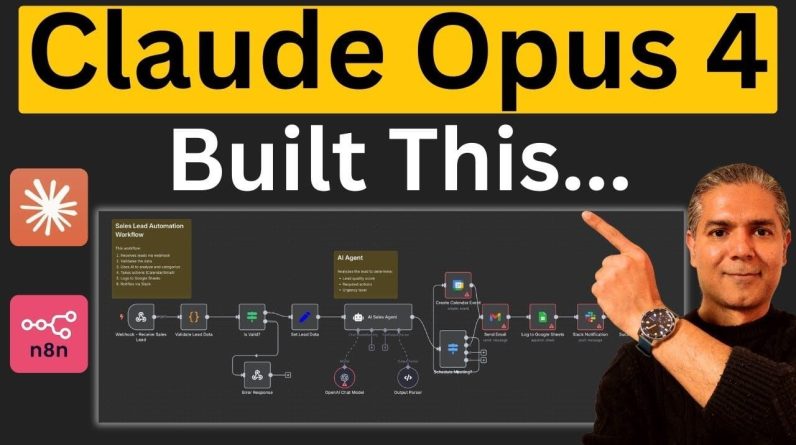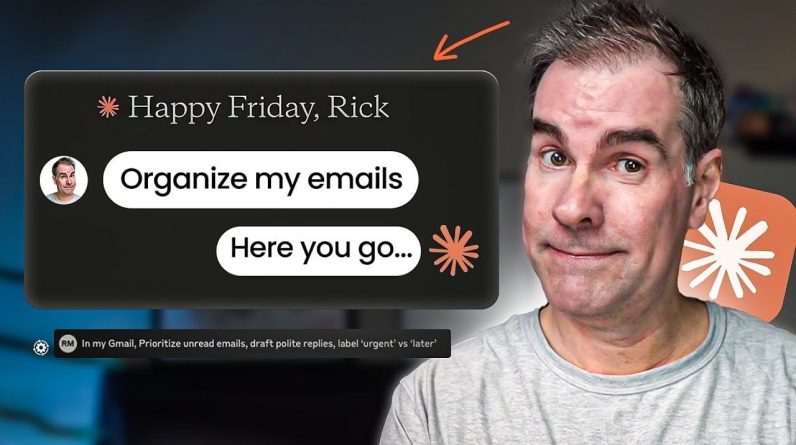David Williams wasn’t always a believer in artificial intelligence being used in his classroom.
A Castaic High School teacher and the school’s instructional coach, Williams feared that as AI becomes more popular — and better at replicating human work — his job would become less useful.
“I was, like most people, just kind of doom-and-gloom about it. I had lots of ‘the sky is falling’ conversations of, ‘Oh my god, my job’s over,’” Williams said in a phone interview. “I probably spent about a month there.”
Williams’ initial fears did not continue. Now, a year after he first started using AI to help build assignments, his students are using it to help them polish their writing skills and analyze documents.
“It really started with me wanting to understand the technology so I could kind of defend my classroom from it,” Williams said. “And then I found it an incredible piece of technology that would help me solve a lot of the problems that I was unhappy with as a teacher for a long period of time.”
Savannah Aguirre is one of Williams’ advanced placement world history students. During a recent class session, Aguirre and her classmates were tasked with reading a document regarding immigration to the United States in the late 19thcentury.
After reading the document, the students were instructed to answer questions similar to what they may find on the AP exam. But instead of submitting their answers to Williams and having him go through each one, Williams set up a Class Companion assignment that utilizes AI, guiding students toward a more complete answer.
 Castaic High School 10th-grader Grayson Gonzales uses AI to help him with an AP world history assignment during a recent class session. Tyler Wainfeld/The Signal.
Castaic High School 10th-grader Grayson Gonzales uses AI to help him with an AP world history assignment during a recent class session. Tyler Wainfeld/The Signal.
“It definitely pushes the limits to get more specific with my answers, which definitely I think will help for the AP exam,” Aguirre said. “And it helps me to learn, like when I explain it, it just makes me feel more confident in the answers.”
Class Companion is a tool that Williams said he uses for all of his classes. And he isn’t the only one doing so.
According to Courtney Straka, director of professional development for the William S. Hart Union High School District, since AI was first introduced to teachers in the spring of 2023, its usage across the district has increased to around 400 teachers and staff being trained on it. That represents just more than a quarter of the district’s entire workforce.
A former teacher, Straka knows how much time can be consumed trying to help every student. But with Class Companion, teachers aren’t the only help available to students. In fact, teachers can tailor a Class Companion assignment to fit a grading rubric.
“It’s something that, physically as a teacher, I could not do,” Straka said. “I cannot instantaneously give feedback to 36 students in front of me on their writing.”
But once a grade is on the table, the AI goes away and teachers take up the task of going over an assignment.
“We’re making sure that we’re training teachers how to use it in a way that allows our students to see the feedback and then apply the feedback into their writing to get better at it,” Straka said. “But when it comes down to the actual grading, that needs to be humanized. So, anything that’s going into the gradebook, the teacher is scoring, but the feedback is just allowing our students to improve much faster with greater detail.”
Along with Class Companion, the Hart district has a couple of other AI programs that are being tested in Brisk and Magic School. Straka said once teachers provide feedback on all three, the district can decide which would be most beneficial to use on a district-wide basis.
One issue that has come up with these AI programs is something that Straka referred to as “hallucinating,” where the program doesn’t have the answer that a teacher is looking for and instead will provide the answer that it thinks is correct.

 Castaic High School teacher David Williams helps 10th-grade AP world history student Noah Solomon with an assignment during a recent class session. Tyler Wainfeld/The Signal.
Castaic High School teacher David Williams helps 10th-grade AP world history student Noah Solomon with an assignment during a recent class session. Tyler Wainfeld/The Signal.
“If you’re going to AI to get resources and materials, eyeballs always on it just to fact check it, make sure that it’s correct before it goes out to students,” Straka said.
She also mentioned math as one of the things that AI has trouble with.
“It can tell you about theories, it can tell you about the concepts behind math, but when it comes to math computation, it’s terrible,” Straka said. “And every site will tell you that. It’s not just one platform versus another. It just has not advanced to that level yet.”
While Williams has found AI to be helpful in training students, he has also found another use for it in helping English second-language learners. He explained how, along with teaching a full class of students, there was one student who came from Mexico who could not speak, read or write English and could not read or write in Spanish.
“And I’m supposed to teach her at like 10th-grade level, and meanwhile I have 35 other kids that relatively are operating on grade level,” Williams said. “And so it was just this constant frustration that she was just learning how to read and write in a language that she was also learning, and it was really difficult for me to take the resources from the lesson and essentially meaningfully differentiate it for that student.”
These days, Williams said AI could help him to create an assignment for that student “in a matter of seconds.”
Not just a study tool, Williams has also found ways to use AI in a creative manner to add on to some of his lessons. Using Chat GPT, a chatbot developed by OpenAI based on large language models, he had his students interview AI versions of historical figures, such as Genghis Khan, the first leader of the Mongol Empire in the early 13th century, or James Cook, an 18th-century British explorer.
With the AP exams coming up next month, students have enjoyed getting immediate feedback from the AI. Jeffrey Krasnoff, one of Williams’ AP world history students, said it helps to sum up knowledge in a way that previously took more time than either students or teachers would have liked.
“Reading and comprehending information is much different,” Krasnoff said. “So, it’s better to have an assignment where you do get to put your knowledge out there.”
But that doesn’t mean teachers are going to be pushed out of the equation, now or in the future.
“You cannot replace a human being that knows and understands their students, who builds relationships with their students and then understands their true needs — academically, behaviorally, socially,” Straka said. “People are afraid of AI, but it’s the same thing that we’ve always had. I could, before even technology, I could have gone next door to my neighbor teacher, gotten a lesson plan from them. It doesn’t mean it’s good and it doesn’t mean that it’s going to work for my kids. So, same thing with tech.”







